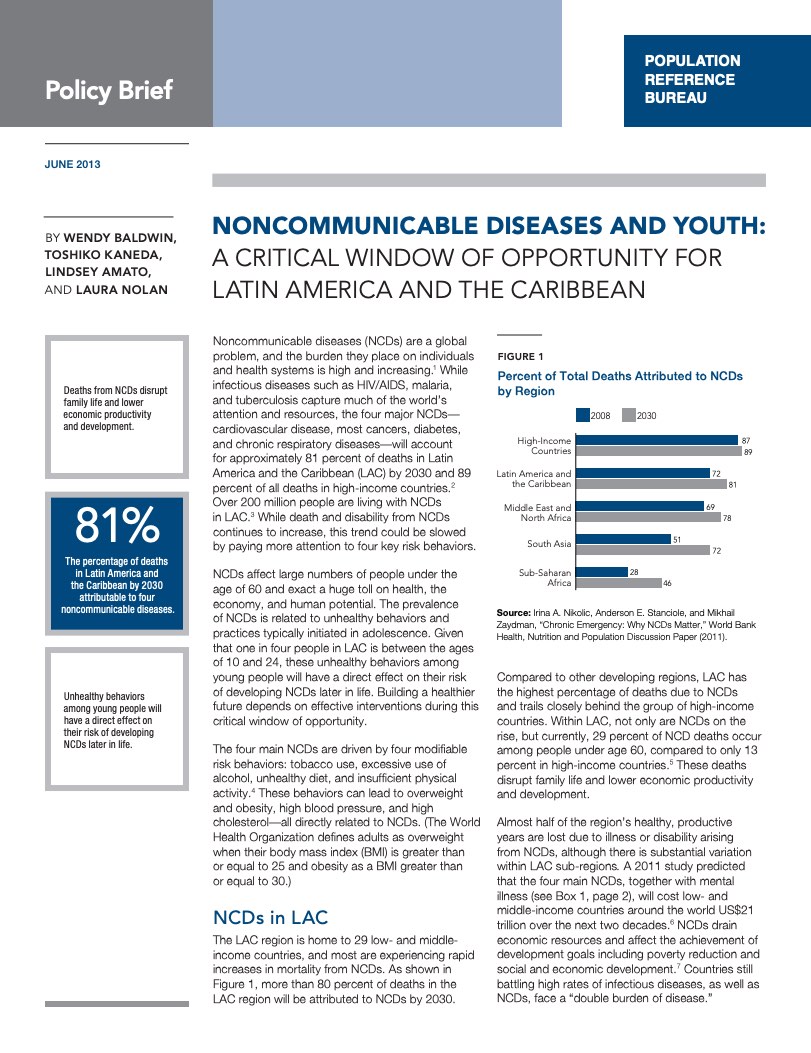164 Search Results Found For : " ㅮ 무료 충전 바다이야기 ㈈ ruq336.top ㉧ 오리자날 양귀비 ㆉ 온라인야마토 ㄺ 바다이야기 프로그램 ㈐ 뽀빠이놀이터릴게임 ㅉ 전함야마토 ㄽ 슬롯 머신 html ㈅ 무료신천지게임"
Many Peruvians Rely on Traditional Family Planning Methods
(2010) Peruvian women are having fewer children and waiting longer between pregnancies, many by using traditional family planning methods.

U.S. Household Composition Shifts as the Population Grows Older; More Young Adults Live With Parents
Household size and composition play an important role in the economic and social well-being of families and individuals.

Project: Center for Public Information on Population Research (CPIPR)
Why Is the U.S. Birth Rate Declining?
In 2020, the U.S. TFR dropped to 1.64, the lowest level ever recorded.
Public Policy, Financial Decisions, and the Health of Older Adults
(2009) The financial decisions facing older adults as they reach retirement age are increasingly more difficult.

Which Country Has the Oldest Population? It Depends on How You Define ‘Old.’
(2019) Japan, Italy, and Germany top the list of the world’s oldest countries—if the data are based on the share of the population ages 65 and older.
The Growing Owner/Renter Gap in Affordable Housing in the U.S.
(2013) National trends mask a growing owner/renter gap in the amount of money spent on housing, relative to household income.

Project: Combatting Noncommunicable Disease Risk Factors in Youth
Policy Brief. Noncommunicable Diseases and Youth: A Critical Window of Opportunity for Latin America/Caribbean
(2013) Noncommunicable diseases (NCDs) are a global problem, and the burden they place on individuals and health systems is high and increasing.

Project: Combatting Noncommunicable Disease Risk Factors in Youth
Noncommunicable Diseases and Youth: A Critical Window of Opportunity for Latin America/Caribbean
(2013) Noncommunicable diseases (NCDs) are a global problem, and the burden they place on individuals and health systems is high and increasing.
